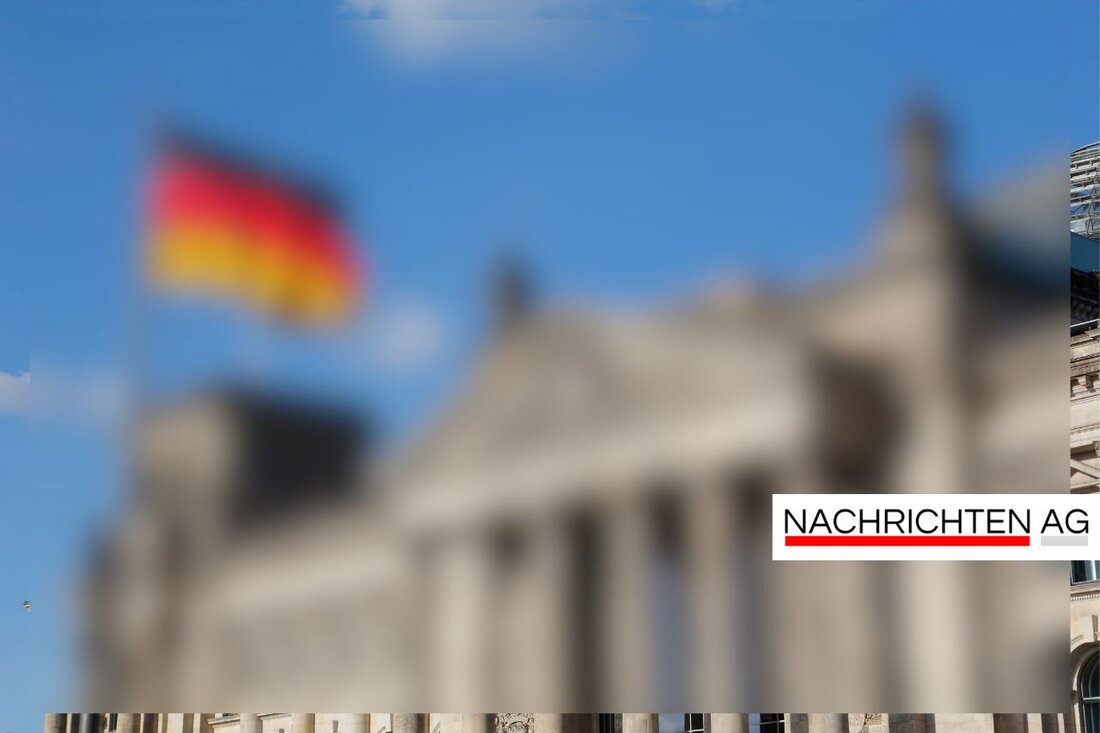Alarming air quality in Brandenburg: fine dust levels exceed limits!
Brandenburg an der Havel: Current air quality data from June 18, 2025 shows high levels of fine dust pollution and health risks.

Alarming air quality in Brandenburg: fine dust levels exceed limits!
The air quality in Brandenburg an der Havel is a cause for concern. On June 18, 2025, alarming fine dust levels were measured at the measuring station at the Werner-Seelenbinder sports field. The current measurements show a concentration of 100 µg/m³ for PM10, which exceeds the limit for “very bad”. This limit is 50 µg/m³ per cubic meter of air, according to [maz-online.de]. is.
The health risks should not be underestimated: every year around 240,000 people die in the EU due to fine dust pollution. The short-term recommendation for “very bad” air is to avoid physical exertion outdoors, especially for sensitive people. If the air quality is “poor”, even sensitive people should avoid outdoor activities, while if the quality is “moderate”, no immediate health effects are to be expected, but caution is advised.
Fine dust and its sources
But what actually causes this fine dust? Fine dust levels for PM10 have been recorded in Germany since 2000 and for PM2.5 since 2008. Traffic, industry and other emitters are the main causes of the high values, especially in metropolitan areas. Compared to the 1990s, annual average PM10 values fell from 50 µg/m³ to currently between 15 and 20 µg/m³, like that Federal Environment Agency reported. Weather conditions, such as dry winters or hot summers, can lead to temporarily high values. For example, on January 23, 2017, an alarming value of 176 µg/m³ was measured.
But it's not just traffic that is a problem: In addition to primary fine dust, which comes directly from sources such as vehicles or industrial plants, there are also secondary fine dust, which is caused by chemical reactions in the air. These can be caused by gaseous pollutants such as ammonia and sulfur dioxide, which further increases the pollution.
Current health risks
A widespread, health-damaging burden of fine dust and nitrogen dioxide is evident in Germany. According to the latest data from German Environmental Aid, 99 percent of measuring stations exceed the WHO recommendation of 5 µg/m³ for fine dust. Almost three quarters of the stations have values above 10 µg/m³ for nitrogen dioxide, especially in cities like Munich and Essen, which are often the front runners when it comes to exceeding the limit of 40 µg/m³. The {Deutsche Umwelthilfe} is calling on the federal government to set limit values in accordance with the WHO recommendations by the beginning of 2025.
The WHO recommendations were drastically lowered in 2021. With strict compliance, 28,900 deaths from fine dust and 10,000 from nitrogen dioxide could be avoided in Germany every year. The limit value for harmful fine dust in the USA is already 9 µg/m³, while in Germany values of up to 25 µg/m³ are still permitted.
It remains to be seen what measures will be taken to sustainably improve air quality. The air we breathe has a direct impact on our health and well-being. It is therefore crucial that both the federal government and citizens actively fight for better air.

 Suche
Suche
 Mein Konto
Mein Konto